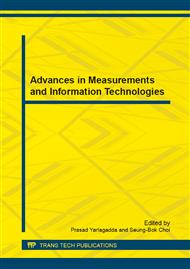p.237
p.240
p.245
p.251
p.256
p.261
p.266
p.273
p.277
A Rolling Bear Fault Diagnosis Method Based on Improved LMD and Order Analysis
Abstract:
This document explains and demonstrates how to predict the fault point of rolling bear. Rolling bearing vibration signals are decomposed by the LMD method to get several single components including amplitude modulation and frequency modulation signals. Combing the order analysis method can get the fault point of rolling bear.
Info:
Periodical:
Pages:
256-260
Citation:
Online since:
February 2014
Authors:
Keywords:
Price:
Сopyright:
© 2014 Trans Tech Publications Ltd. All Rights Reserved
Share:
Citation:


